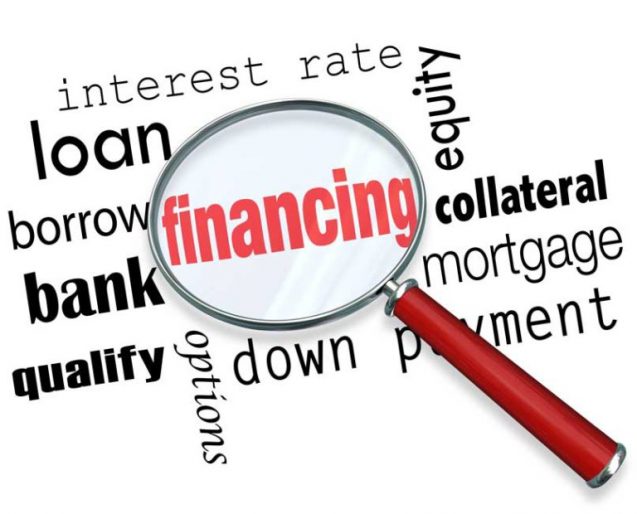A stricter stress test is coming into effect June 1 for home buyers with uninsured mortgages. Canada’s federal banking regulator said the minimum qualifying rate will rise to 5.25 per cent, followed by an annual review.
The Office of the Superintendent of Financial Institutions said the goal is to cool skyrocketing home prices and bidding wars, and help support financial resilience should interest rates rise from their historic lows. “In a complicated and sometimes volatile housing market, the need for sound mortgage underwriting cannot be underestimated,” said OSFI Assistant Superintendent of Regulation Ben Gully.
Market observer Rob McLister of RATESDOTCA says about one in five first-time buyers could see their maximum potential mortgage amount shrinking because of the change. Between 10 and 15 per cent of mortgage borrowers could be impacted.
While it’s hard to predict the consequences of the new stress test, the move isn’t necessarily a silver bullet for the buying frenzy, which is leaving many families on the sidelines of a red hot market.
“Government policy tightening is always a hit to market sentiment,” says McLister. “But because this change cuts theoretical buying power by just four per cent or so, it’s not enough to remove a wide swath of buyers from the market. Canadian borrowers are good at adapting to policy changes — by way of tapping mom and dad, using non-federally regulated lenders with easier stress tests, using co-signers, buying further from the city or buying cheaper homes.”
This could be a different story down the road in 2022 or later.
“The bond market is pricing in up to eight rate hikes through 2026, which could potentially be shifted forward if inflation gets out of hand,” he points out. “If policymakers hiked the minimum qualifying rate even half of that (100 basis points), it could slash buying power over 12 per cent. That would absolutely slow the market, other things equal.”
According to the Canadian Real Estate Association, home prices rose 2.4 per cent month-over-month in April, a 23.1 per cent increase from the same time a year ago. Many want-to-be buyers have been saving since pre-pandemic times to put roots down in a condo or other type of housing. As a result, this newest policy change is likely dampening some homeownership spirits.
“The government is notorious for moving the goalposts on first-time buyers,” McLister adds. He points to the minimum down payment increase in 2016, the uninsured stress test in 2018, and the last decade of rising default insurance premiums—just a few examples.
“And now this. The message is: The government can’t seem to solve the underlying housing problem: inadequate supply in high demand regions,” he notes. “As a result, price correction risk aside, anticipate that it will keep getting harder to buy a home, not easier.”
He advises first-time home buyers to enter the market as soon as it makes financial sense.







